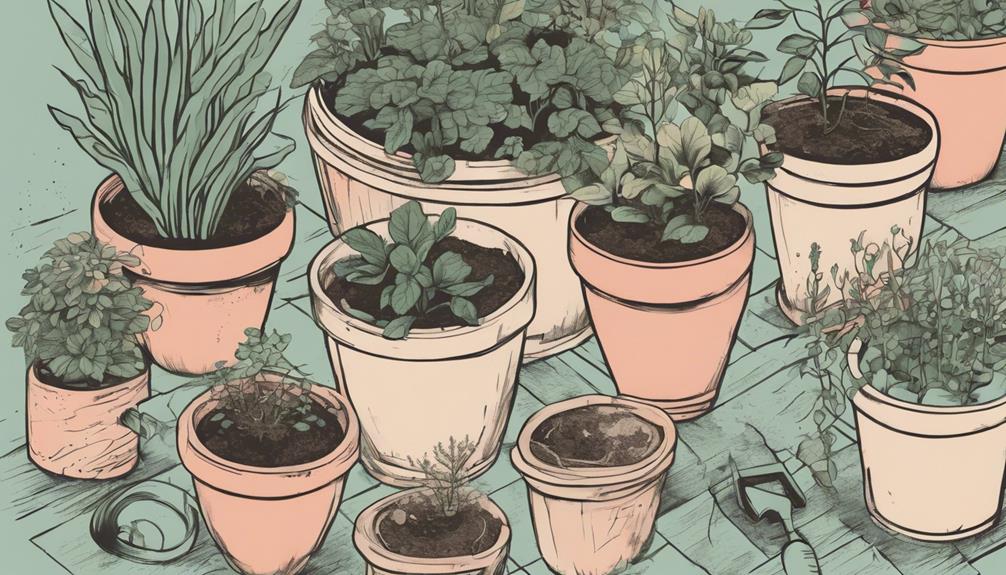See All: Backyard Farming
Free Backyard Farming Webinar…
You can grow food! This free webinar is for people who want the fastest and easiest ways to produce healthy and delicious vegetables, eggs, and meat. Because you know that growing your own food is like printing your own money…
Click Here To Watch The Free Webinar Now!
“I recently started a backyard farm, and I noticed that some of my plants aren’t doing so well. Their leaves are yellowing and they seem to be wilting, even though I’m watering them regularly. I suspect it might be root rot, but I’m not sure. How do I deal with root rot and prevent it in the future?” Thanks, Jennifer, San Diego, USA.
How Do I Deal With Root Rot?
It’s frustrating to see plants struggling despite your best efforts, Jennifer. Root rot is a common issue that many backyard farmers face, but it’s something you can manage and even prevent with the right knowledge and practices. Let’s tackle this problem step-by-step so you can get your backyard farm back on track.
Understanding Root Rot
Root rot is a condition caused by various fungi and water molds (such as Pythium, Phytophthora, and Rhizoctonia) thriving in overly wet soil. These pathogens attack plant roots, making them soft, brown, and decayed. Healthy roots are crucial as they absorb nutrients and water, so when roots are compromised, the entire plant suffers.
Symptoms of Root Rot
Identifying root rot early is essential. Here’s what to look for:
- Yellowing Leaves: A sign that roots can’t deliver enough nutrients.
- Wilting: Even with adequate watering, plants may look wilted.
- Stunted Growth: Plants might stop growing or grow very slowly.
- Root Appearance: When you pull up the plant, roots look brown, mushy, and emit a foul smell.
Causes of Root Rot
Understanding what leads to water-soaked, unhealthy roots can help you prevent root rot:
- Overwatering: The most common cause. Excess water suffocates roots, making them vulnerable to pathogens.
- Poor Drainage: Soil that doesn’t drain well or containers without drainage holes trap water.
- Heavy Soil: Clay-rich or compacted soil holds more water, increasing rot risk.
- Contaminated Tools or Soil: Pathogens can spread via tools, pots, or infected plant material.
How to Treat Root Rot
Step 1: Diagnose the Problem
Given your situation in San Diego, Jennifer, these steps are necessary:
- Check soil moisture regularly. Soil should be moist but not waterlogged.
- Perform a root inspection to identify brown or black, mushy, smelly roots.
Step 2: Remove Affected Plants
If root rot is confirmed, the infected plant must be handled carefully:
- Gently Remove the Plant: Uproot it without disturbing other plants.
- Trim Infected Roots: Cut away any brown or mushy roots using sterilized scissors.
- Dispose Properly: Do not compost the infected plant as pathogens can spread. Discard it safely.
Step 3: Treat the Soil
- Solarize the Soil: Cover the area with clear plastic for 4-6 weeks during peak sunlight. This kills pathogens by heating the soil.
- Apply Fungicides: Organic options like neem oil or commercially available fungicides can reduce pathogen levels.
- Improve Soil Structure: Add compost or sand to enhance drainage and reduce compaction.
Step 4: Replant Wisely
Choose plants resistant to root rot and reconsider container gardening if natural soil drainage is poor. Use sterilized pots and fresh soil to minimize contamination risks.
Preventing Root Rot in the Future
Watering Techniques
Proper watering is key to avoiding root rot. Here’s how:
- Check Soil Moisture: Stick your finger an inch into the soil. Water only if it feels dry.
- Water Deeply, Less Frequently: Encourage roots to grow deeper by watering extensively but less often.
- Use Mulch: Helps retain moisture without waterlogging and regulates soil temperature.
Improving Soil Drainage
Drainage is crucial, especially if your San Diego backyard has heavy soil:
- Amend the Soil: Add organic matter like compost, aged manure, or peat moss to improve texture and drainage.
- Use Raised Beds: Elevates roots above soggy ground. Fill with a mix of compost and well-draining soil.
- Install Drainage Systems: French drains or simple gravel layers below planting areas can help excess water escape.
Choosing the Right Plants
Selecting rot-resistant plant varieties can make a big difference:
- Perennials: Lavender, rosemary, and sage are hardy options that resist root rot.
- Vegetables: Choose varieties labeled as disease-resistant, like certain types of tomatoes and peppers.
- Companion Planting: Utilize plants that improve soil conditions for their neighbors. For instance, marigolds have natural properties that can deter root rot pathogens.
Final Thoughts…
Jennifer, tackling root rot can seem daunting, but with the right practices and vigilance, it’s entirely manageable. Remember, maintaining proper soil moisture and ensuring good drainage are your first lines of defense. Regularly check for signs of distress in your plants and act quickly if you suspect root rot. Gardening, especially backyard farming, is an ongoing learning experience and even seasoned gardeners face these challenges.
Thanks for reaching out with your question, and happy farming!
Return To: Backyard Farming
Free Backyard Farming Webinar…
Marjory Wildcraft: For 20+ years, Marjory has been a leader in survival & preparedness and wants to show you how to grow food in your backyard farm. This free webinar is for people who want the fastest and easiest ways to produce healthy and delicious vegetables, eggs, and meat. Because you know that growing your own food is like printing your own money…

